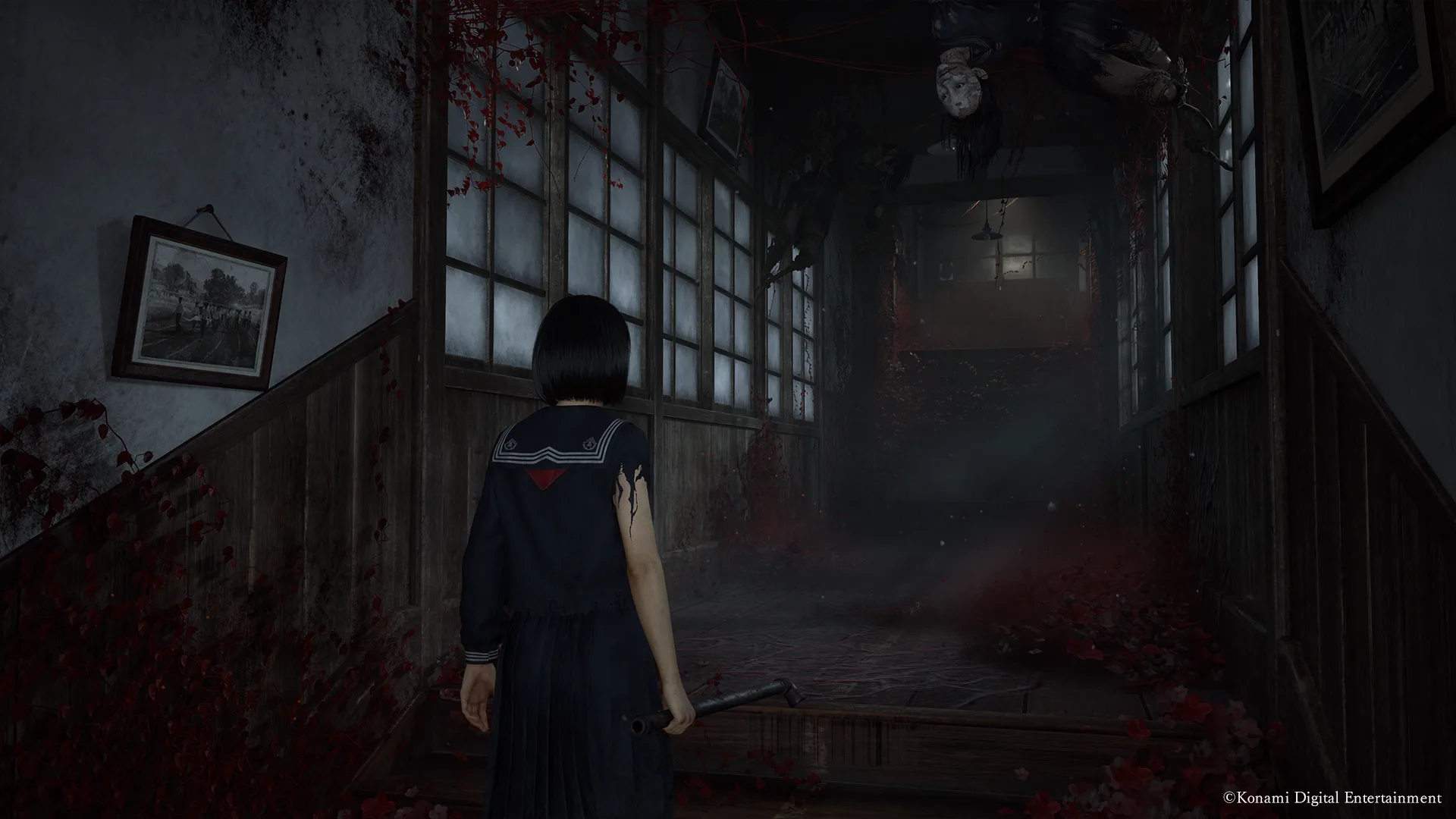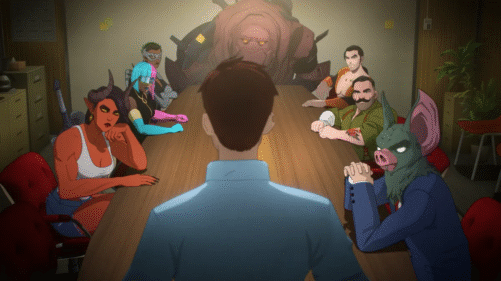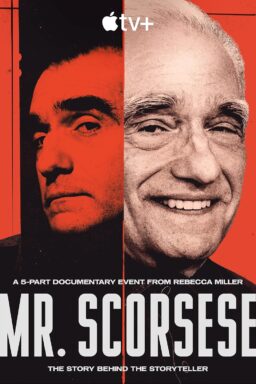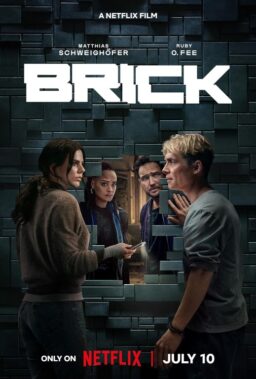It takes a beat to recalibrate your expectations when you play a “Silent Hill” game. Wait, I can’t jump? Why can’t I just climb over that fence and run away? There was a point in the new “Silent Hill f” when I was being stalked by a massive, bloated piece of nightmare fuel with a gigantic swinging blade for an arm, and I was on a patio outside the school from which I couldn’t drop down what looked like two feet to the ground below to get away. Really? On the one hand, this is a little insane given the freedom of movement in action games in 2025, but it’s also kind of a throwback to the early games in this franchise, a series that often felt like it was placing unusual restrictions on your protagonist just to make life more difficult. It’s one of many ways that a “Silent Hill” game plays like an actual nightmare in that you don’t ever really feel like you’re in control. And while it may feel different from the franchise that spawned it in some respects, this frustrating terror ties “Silent Hill f” to the hit games that birthed it.
For gamers of a certain age, the “Silent Hill” franchise is foundational to how we play horror games and even experience horror films. Blending Japanese horror storytelling with a sense of smothering dread that felt in tune with German Gothic horror (there’s a bunch of Dreyer in “Silent Hill”), these games transformed the form, emphasizing limited combat/ammunition and a fun approach to puzzle solving in that it’s hard to use your brain when your heart is racing. Team Silent made the first four games from 1999 to 2004. It is no exaggeration to say they changed everything, leading to a film in 2006 (that Roger hated but that I liked), an awful sequel in 2012, and an upcoming reboot from the 2006 director Christophe Gans called “Return to Silent Hill,” coming in January.
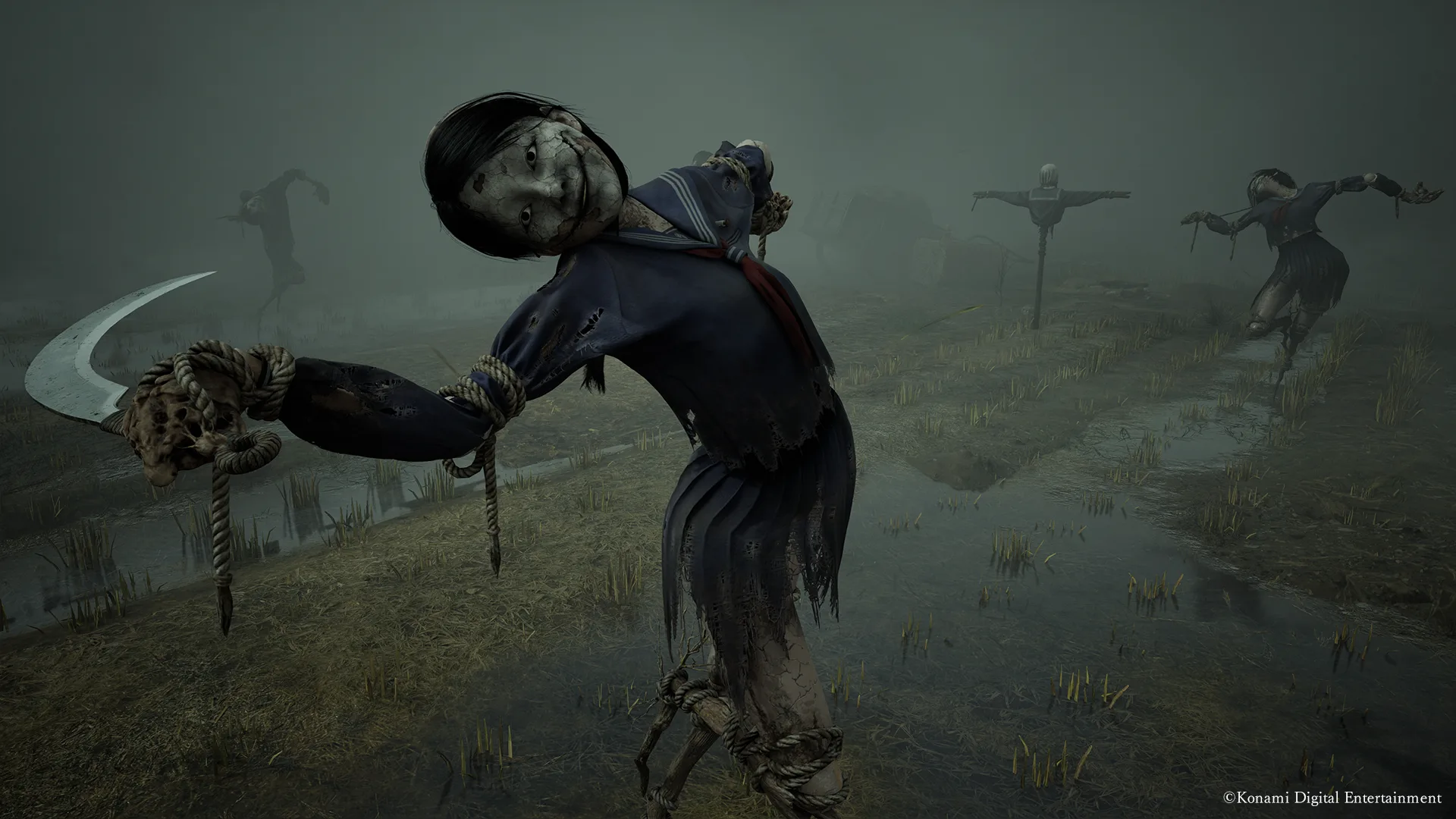
After 2004’s “Silent Hill 4: The Room,” the series went pretty cold. Games like 2008’s “Silent Hill: Homecoming” and 2012’s truly weird “Silent Hill: Downpour” were disappointments, but at least they were keeping the series in the pop culture conversation. And then “P.T.” happened. In 2012, Konami began production on “Silent Hills,” which was to be directed by, get this, gaming legend Hideo Kojima (“Death Stranding”) and none other than Guillermo del Toro. They released a teaser/demo in 2014 called “P.T.” that was so mesmerizing it even made a few top ten lists for the year, but the game was cancelled due to conflicts between Kojima & Konami, and “P.T.” was pulled. (Man, I want to live in the alternate timeline where Kojima/GdT made a “Silent Hill” game.)
“Silent Hill” was essentially shut down for a decade, with no new games. Last year, saw the successful remake of “Silent Hill 2,” still the best game in this franchise, and it looked like life was returning to this city of the dead. The same team is remaking the original “Silent Hill” game, and a game called “Silent Hill: Townfall” is in production. Can’t wait.
Until then, we have the hit “Silent Hill f,” a confident spin-off that incorporates Japanese culture and horror imagery into the “Silent Hill” universe. It stands on its own from the other games narratively and features its own enemies and even mechanics while also incorporating so many of the touchstones of the core series, from a city drenched in fog to the way that memory and reality can form something new in our nightmares.
You play Shimizu Hinako, a young girl living in the Japanese village of Ebisugaoka in the 1960s. From the very beginning, materials found in the environment, like notes and posters, hint at something awful that happened in Ebisugaoka. As Shimizu goes to town to find her friends, the fog builds around the edges of the frame, and red lilies dot the ground. As expected, sound design becomes a major player in the “Silent Hill f” experience as an imposing score and the sound of murderous creatures shoot through the silence to really shape the experience.
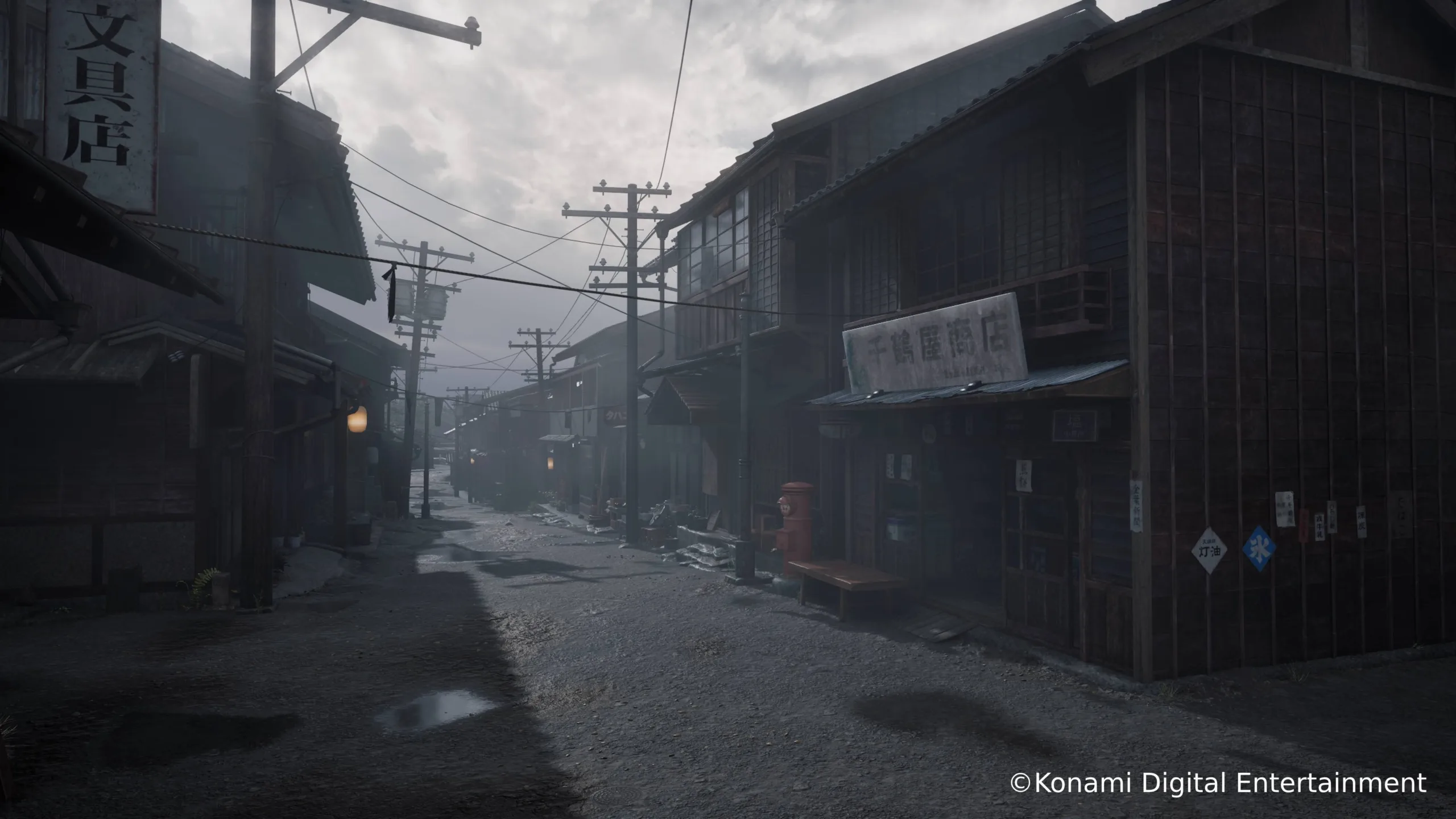
About those creatures. A bit too much of “Silent Hill f” relies on some pretty clunky combat. While that’s also in keeping with a lot of the franchises, I found it more frustrating here than normal, as I inconsistently bashed a lead pipe or baseball bat into a “Ringu”-esque demon. The production design, storytelling, and puzzle design here are all aces, but I have to admit to growing exhausted with how often the game demands you defeat an enemy (and often the same ones over and over) instead of just avoiding it or vanquishing it in another way than swinging around a chunky weapon.
Back to the story. After meeting her friends in the village, Shimizu is basically transported to this game’s version of Silent Hill. As she explores the demon-infested village, trying to find her friends and get to safety, she’s also transported to a place called the Dark Shrine, where a figure known as Fox Mask guides her to the truth. As the story twists between various versions of reality, Hinako is pushed toward a subservient role as the Shiromuku, a bride figure to Fox Mask. Hinako’s past and fears of her future intertwine into an impressively crafted vision of adolescent terror made three-dimensional. As with a lot of games like this, five endings are possible, although only one can be granted on the first playthrough, leading to higher-than-average replay value.
While the aesthetics of “Silent Hill f” are memorable, the gameplay often trips over its own feet, whether it’s in the inconsistent combat or the bland inventory & upgrade systems. What’s funny about this game’s experience is that it works despite these foundational issues because of the debt it owes to filmmaking. Whether it’s the artistically conceived cut scenes or the excellent score from “Silent Hill” composer Akira Yamaoka, it often plays out like a great horror film. It may not be the complete return to form that this diehard fan of the early “Silent Hill” games hopes to see, but it feels like it could be ultimately considered a bridge back to the town that shaped what so many of us love about survival horror.
Konami provided a review copy of this title. It is now available.

